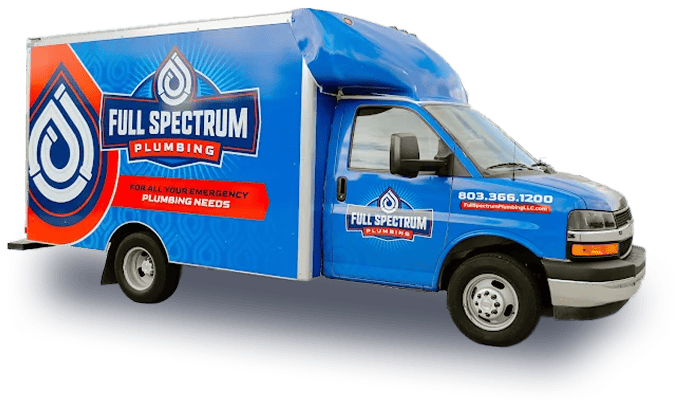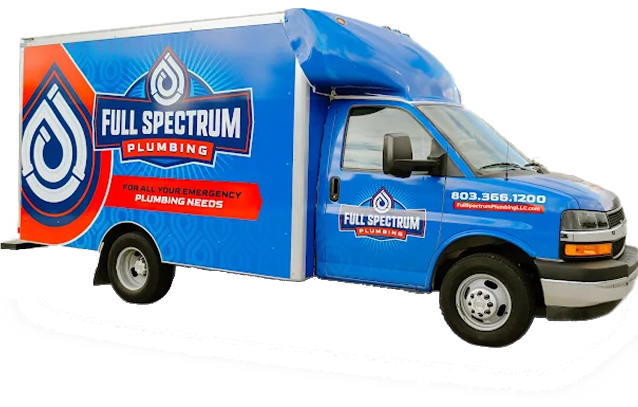Proudly Serving Rock Hill and Surrounding Areas
Why Does My Kitchen Sink Faucet Whistle When It Runs?
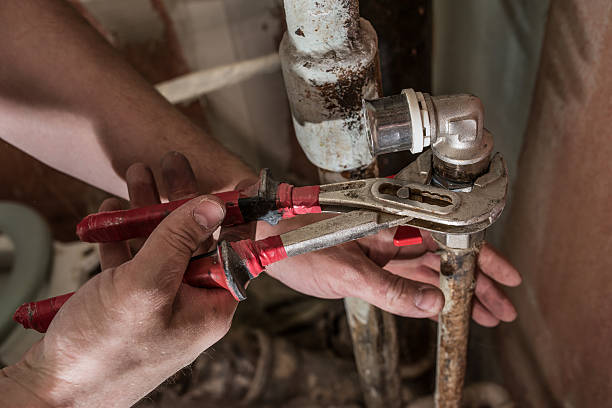
A whistling kitchen sink faucet can be more than just an annoying sound—it might be a sign of an underlying plumbing issue. If you’ve noticed that high-pitched squeal every time you turn on the tap, you’re probably wondering what’s causing it and, more importantly, how to fix it.
The good news? Most whistling faucets can be diagnosed and resolved without a complete plumbing overhaul. In this guide, we’ll break down the most common causes, how to troubleshoot the issue, and when it’s time to call in the professionals.
What Causes a Kitchen Faucet to Whistle?
That high-pitched noise isn’t just your faucet trying to get your attention. It’s typically the result of water moving through a restricted area, causing vibrations that turn into a whistle or squeal. Here are some of the most common reasons your faucet might be making noise:
1. A Worn-Out or Loose Washer
One of the most common reasons for a whistling faucet is a worn or improperly fitted washer inside the faucet. When washers deteriorate, they can cause vibrations in the water flow, leading to that unmistakable high-pitched sound.
How to fix it:
- Turn off the water supply to the faucet.
- Remove the handle and disassemble the faucet to access the washer.
- Check for wear, cracks, or improper sizing.
- Replace the washer with a new one that fits snugly.
2. A Clogged or Dirty Aerator
The aerator is a small screen attached to the tip of your faucet that helps control water flow. Over time, it can accumulate debris, mineral buildup, or even small obstructions that restrict water movement and create a whistling sound.
How to fix it:
- Unscrew the aerator from the faucet.
- Rinse it under running water to remove debris.
- Soak it in vinegar for an hour to break down mineral deposits.
- Scrub it with a brush, then reinstall it.
3. High Water Pressure
If your water pressure is too high, it can force water through the faucet at an excessive rate, causing vibrations that result in whistling.
How to check:
- Use a water pressure gauge to test your home’s water pressure (ideal pressure is between 40-60 psi).
- If it’s too high, consider installing a pressure regulator to reduce strain on your plumbing system.
4. A Faulty Valve or Cartridge
Many modern faucets use a cartridge system instead of traditional washers. If the cartridge becomes worn or damaged, it can cause strange noises, including whistling.
How to fix it:
- Turn off the water supply and remove the faucet handle.
- Locate the cartridge inside the faucet body and remove it.
- Inspect for cracks, wear, or mineral buildup.
- Replace with a new cartridge if necessary.
5. Loose or Worn Pipes
Sometimes, the issue isn’t in the faucet itself but in the pipes leading to it. Loose pipes or aging plumbing can create pressure inconsistencies that lead to whistling noises.
How to check:
- Run water through different faucets in your home. If multiple fixtures make noise, the problem may be in your plumbing system rather than just one faucet.
- Secure any loose pipes with brackets or have a plumber assess the condition of your pipes.
When Should You Call a Plumber?
While some faucet noises can be fixed with simple DIY solutions, others indicate deeper plumbing issues that require professional help. Here are some signs it’s time to call in an expert:
- The whistling persists even after cleaning or replacing parts.
- You notice low water pressure or inconsistent flow.
- There are leaks or visible damage to pipes.
- The noise occurs in multiple faucets around your home.
Ignoring these signs could lead to bigger problems, including leaks, pipe damage, or skyrocketing water bills.
Preventing Whistling Faucets in the Future
Once you’ve resolved the issue, you’ll want to prevent it from coming back. Here are some practical ways to prevent that annoying whistle from returning:
1. Perform Regular Maintenance
Your faucet works hard every day, and just like any other household fixture, it needs occasional upkeep. One of the simplest yet most effective ways to prevent whistling is by regularly cleaning and inspecting key components such as the aerator, washers, and cartridges.
- Clean the aerator every few months: Over time, tiny debris, mineral deposits, and even small bits of rust from your pipes can clog the aerator, restricting water flow and leading to vibrations that cause a whistling sound. Simply unscrewing the aerator and soaking it in vinegar for an hour can dissolve buildup and restore smooth water flow.
- Check washers and cartridges for wear: Washers and cartridges can degrade over time, leading to loose fittings or water flow issues. If you notice signs of wear—like cracks, thinning, or stiffness—replace them before they cause trouble.
2. Monitor and Control Water Pressure
High water pressure is a common culprit behind noisy faucets and plumbing issues in general. Excessive pressure forces water through your pipes and fixtures at an accelerated rate, increasing the chances of vibrations that cause whistling.
- Use a water pressure gauge: This inexpensive tool can help you check if your home’s water pressure is within the recommended range of 40–60 psi (pounds per square inch). If your pressure is too high, consider installing a pressure regulator to avoid long-term damage to your pipes and fixtures.
- Avoid sudden pressure fluctuations: If you notice pressure spikes when multiple water sources are in use (such as when the dishwasher runs while you shower), you might need to adjust your plumbing system or consult a plumber to assess your water supply.
3. Replace Aging Fixtures
No faucet lasts forever. If your kitchen faucet is more than a decade old, its internal components may have worn down, making it more prone to whistling, leaks, or inconsistent water flow.
- Upgrade to a modern faucet: Newer models are designed with better seals, improved water flow control, and durable materials that resist wear and tear.
- Consider high-quality brands: Investing in a well-built faucet can prevent frequent repairs and ensure a longer-lasting, quieter system.
4. Use a Water Softener if You Have Hard Water
Hard water—water that contains high levels of minerals like calcium and magnesium—can lead to buildup inside your pipes and faucet components, causing blockages that restrict water flow and create whistling sounds.
- Install a water softener: If you notice white, chalky residue on your fixtures or experience frequent plumbing issues, a water softener can help remove excess minerals, prolonging the life of your plumbing system.
- Clean faucets regularly: Even with a water softener, occasional mineral buildup can occur. Wiping down your faucet and cleaning components like aerators and cartridges can help prevent whistling and ensure smooth water flow.
Preventing a whistling faucet is easier than dealing with recurring plumbing problems. By incorporating regular maintenance, monitoring your water pressure, upgrading aging fixtures, and addressing hard water issues, you can ensure your faucet stays in peak condition. These simple steps will not only keep your kitchen quiet but also extend the lifespan of your plumbing system, saving you time and money in the long run.
We Can Silence That Whistling Faucet for Good!
A whistling kitchen faucet can drive anyone crazy, but with the right approach, it’s usually a fixable problem. If you’ve tried troubleshooting and the noise won’t go away, Full Spectrum Plumbing Services is here to help.
Our expert team can diagnose and repair any faucet issue, ensuring smooth, quiet, and efficient operation. Whether it’s a simple washer replacement or a more complex plumbing issue, we’ll get your kitchen back to normal in no time.
Call us today to schedule your service and say goodbye to that annoying whistle for good!
Recent Posts

Common Plumbing Problems Charlotte Homeowners Face Each Year
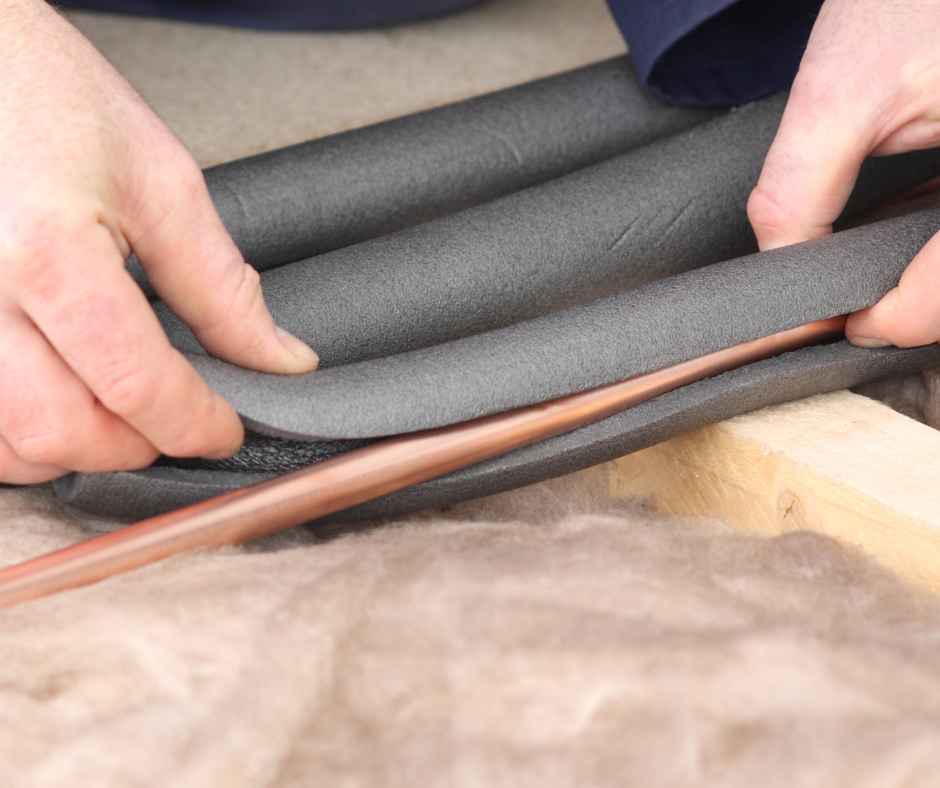
How Charlotte NC Residents Can Protect Their Homes From Winter Pipe Damage
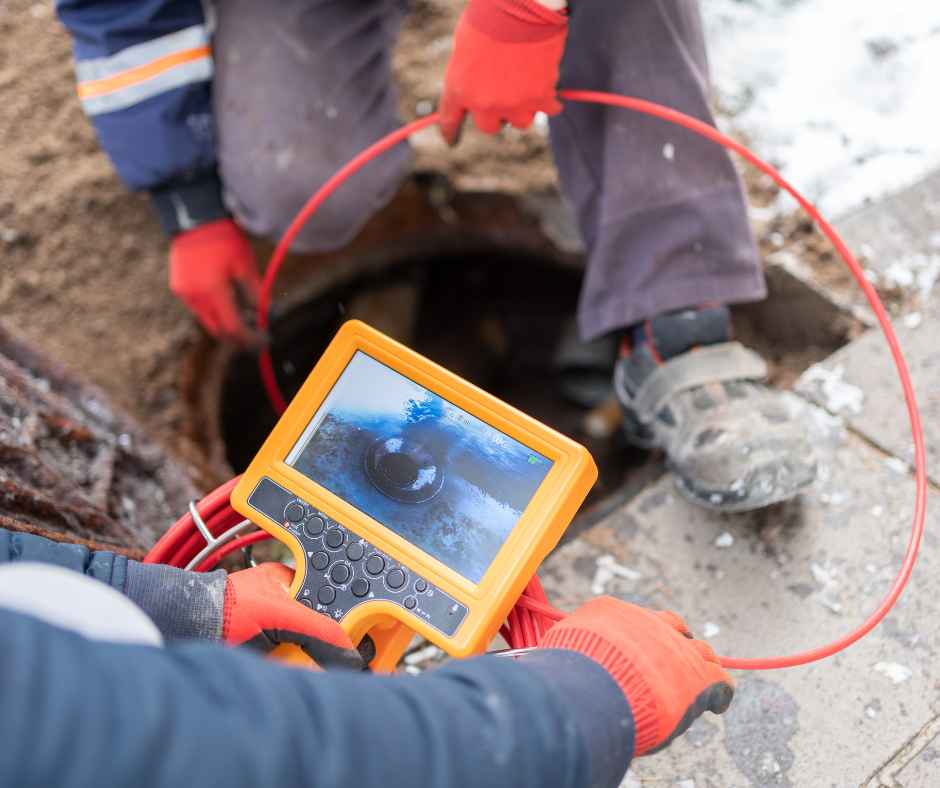
How to Recognize a Sewer Line Problem Before It Damages Your Home
Have a Question?

